The History of Lesbian Cinema
Cinema has always served as a reflection of society — its hopes, struggles, and taboos. But when it comes to lesbian representation, the journey is marked by long-standing invisibility, persistent stereotypes, and a gradual fight for visibility. From subtle hints in silent era classics to modern-day films celebrated at LGBTQIA+ film festivals, lesbian cinema weaves a story not only of art, but of empowerment for women who love women.
This article explores the major milestones in the history of lesbian cinema, analyzes how representation has evolved, and sheds light on its significance within queer culture.
The Early Days: Implied Desire in Silent Film

Early 20th Century
During the silent film era, strict censorship banned any overt depiction of homosexuality. However, homoerotic subtext found its way into certain scenes. Intense female friendships, lingering gazes, and gender-bending roles introduced subtle ambiguity for those able to decipher the hints.
The Hays Code and Suppression
Beginning in 1934, the Hays Code further silenced lesbian visibility in Hollywood. Any expression of same-sex desire between women was strictly prohibited. As a result, filmmakers relied on subtext — emotionally charged relationships between female characters that signaled more to those “in the know.”
The 1950s–60s: Lesbians as Deviant or Doomed
Tragic and Threatening Figures
Postwar cinema rarely portrayed lesbian characters — and when it did, they were often depicted as predatory or deviant. These women were typically punished or doomed, reinforcing the idea of their sexuality as pathological.
Notable Examples
- The Children’s Hour (1961) by William Wyler — a film hinting at romantic love between two women, tragically ending in suicide.
- Exploitation films of the era hyper-sexualized lesbian interactions for the male gaze, offering no authentic representation.
The 1970s: Sexual Liberation and Feminist Cinema
Changing Social Landscape
The feminist movement and sexual revolution of the 1970s saw lesbian filmmakers taking control of their narratives. Independent and activist cinema began to challenge stereotypes and show the realities of lesbian life.
Trailblazing Films
- Portrait of a Marriage and the rediscovered 1958 version of Mädchen in Uniform became queer cinema landmarks.
- Feminist documentaries emerged as powerful tools for lesbian voices to be heard and seen authentically.
The Rise of Alternative Festivals
Feminist and queer film festivals became vital platforms for lesbian cinema, offering safe spaces for uncensored narratives and community connection beyond mainstream gatekeeping.
The 1980s: Between Suffering and Resistance
The AIDS Crisis and Queer Activism
Although HIV/AIDS primarily affected gay men, lesbians played a key role in the queer rights movement. During this time, lesbian cinema became an increasingly politicized medium, challenging both public perception and mainstream silence.
Significant Films
- Desert Hearts (1985) by Donna Deitch — widely recognized as the first Hollywood film to depict a happy lesbian romance.
- Independent productions expanded, showcasing diverse, realistic, and multifaceted narratives.
Underground Art and Expression
Experimental filmmakers like Barbara Hammer used avant-garde techniques to explore lesbian sexuality and emotion without conforming to traditional formats or censorship.
The 1990s: The Golden Age of Indie Lesbian Cinema
A Burst of Visibility
The 1990s represented a turning point. With the Hays Code long gone and society slowly embracing more progressive views, lesbian cinema finally began gaining recognition as a legitimate part of cultural discourse.
Defining Films
- Bound (1996) by the Wachowski siblings — a bold and stylish queer thriller.
- Go Fish (1994) by Rose Troche — a cult favorite of the queer indie scene.
- High Art (1998) by Lisa Cholodenko — a nuanced take on love, art, and addiction.
Television’s Influence
Television began to offer more authentic lesbian characters, helping shift mainstream perceptions and paving the way for more nuanced portrayals on the big screen.
The 2000s: International Breakthrough
Slow Progress in Hollywood
While Hollywood remained cautious, lesbian relationships began to appear more frequently. However, such stories were often secondary plotlines or fraught with tragedy, reflecting lingering discomfort.
Key Examples
- Mulholland Drive (2001) by David Lynch — a haunting, if tragic, portrayal of desire and identity.
- Imagine Me & You (2005) — a rare, feel-good romantic comedy featuring two women.
Pop Culture Shifts
The launch of The L Word (2004) was a defining moment — offering a groundbreaking television series with lesbian characters leading the storylines, influencing pop culture and cinema alike.
The 2010s: Recognition and Broader Diversity
Award-Winning Cinema
- Blue Is the Warmest Color (2013) by Abdellatif Kechiche, winner of the Palme d’Or, though debated within lesbian communities for its overtly male perspective.
- Carol (2015) by Todd Haynes — a graceful and critically acclaimed adaptation of Patricia Highsmith’s novel.
More Varied Representation
The 2010s moved away from the “tragic lesbian” trope and introduced a wider range of narratives — from coming-of-age stories to comedies and historical dramas — exploring love, growth, and authenticity.
The 2020s: Embracing Normalcy
A Firm Place in Global Cinema
Lesbian cinema is no longer relegated to the sidelines. Streaming platforms such as Netflix now produce and distribute lesbian-themed films for mainstream audiences (The Half of It, 2020).
Genre Diversity
Contemporary lesbian films span multiple genres and themes:
- Period pieces like Ammonite (2020).
- Youth-oriented dramas such as Portrait of a Lady on Fire (2019) by Céline Sciamma.
- Documentaries focused on LGBTQIA+ activism.
The Role of Lesbian Filmmakers
When lesbian directors tell their own stories, the results are profoundly different — more honest, more complex, and more meaningful. Their leadership continues to redefine what authenticity looks like on screen.
Representation Analysis
From Stereotypes to Authenticity
Lesbian representation has largely followed three key phases:
- Invisibility and censorship (before the 1960s).
- Caricature and tragedy (1970s–80s).
- Diversity and realism (1990s–present).
Cultural Impact of Lesbian Cinema
- Helps normalize female homosexuality in society.
- Gives visibility to LGBTQIA+ struggles.
- Builds a collective queer cultural memory.


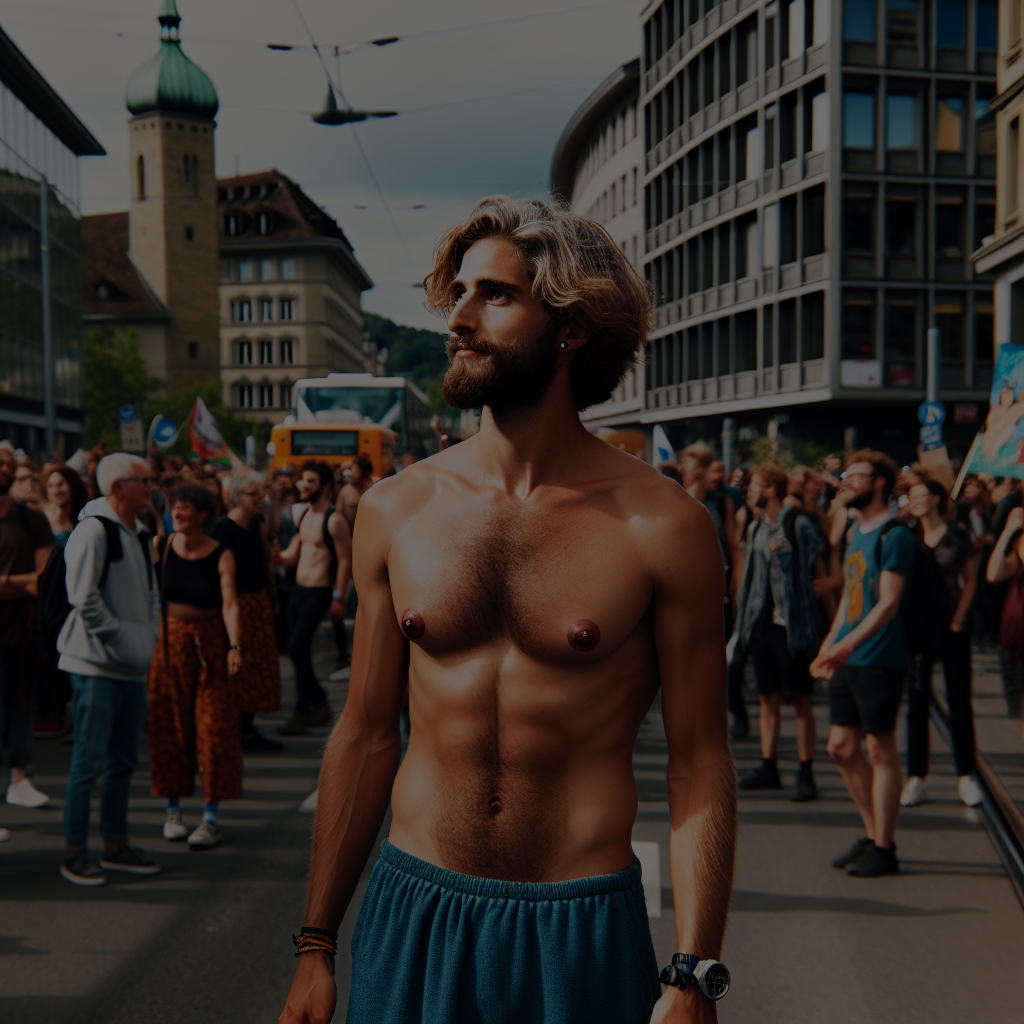
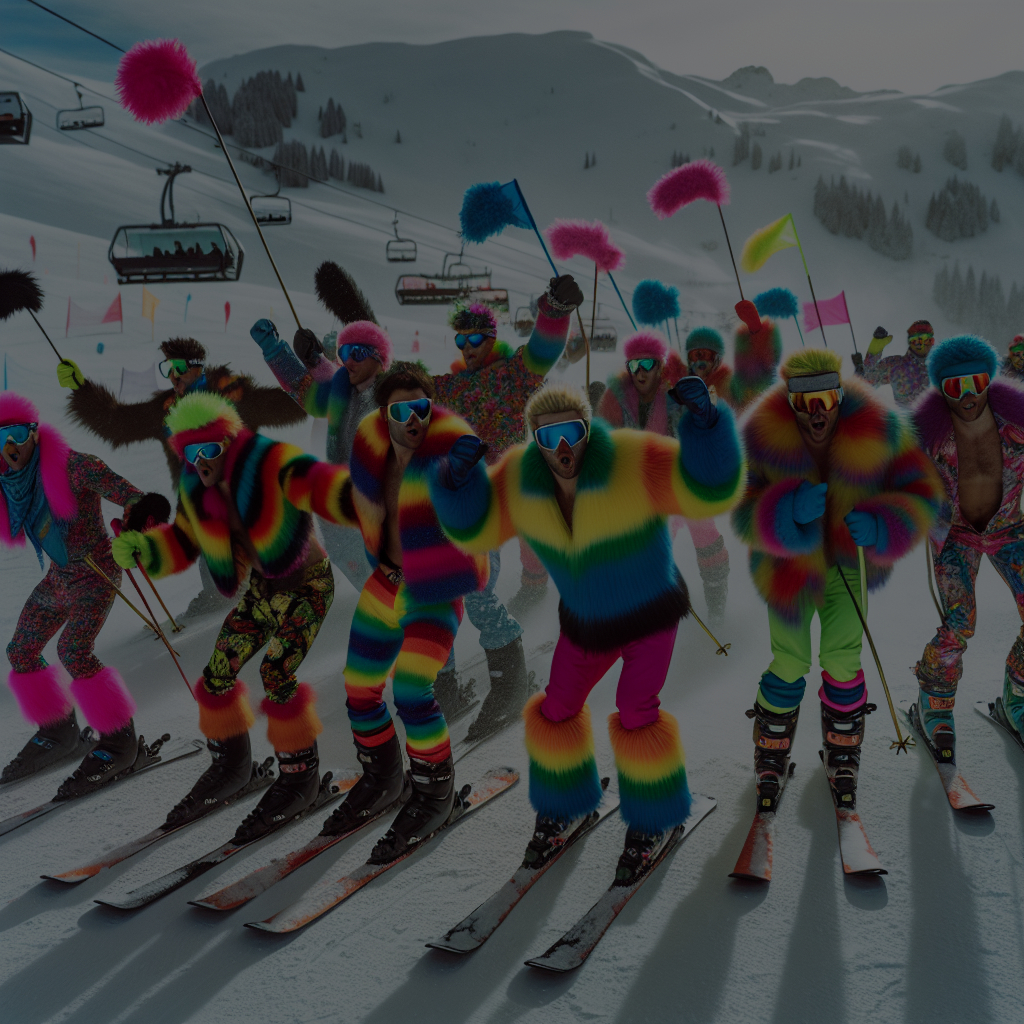
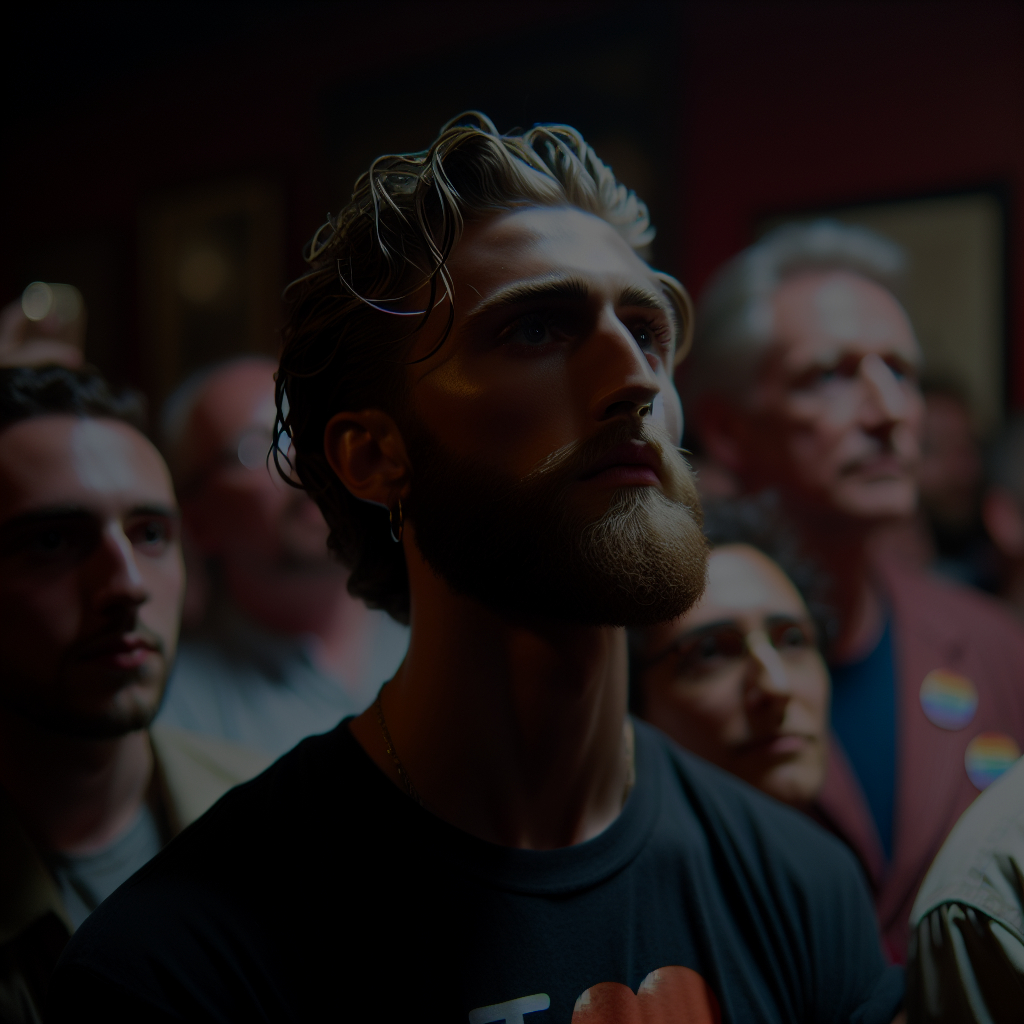
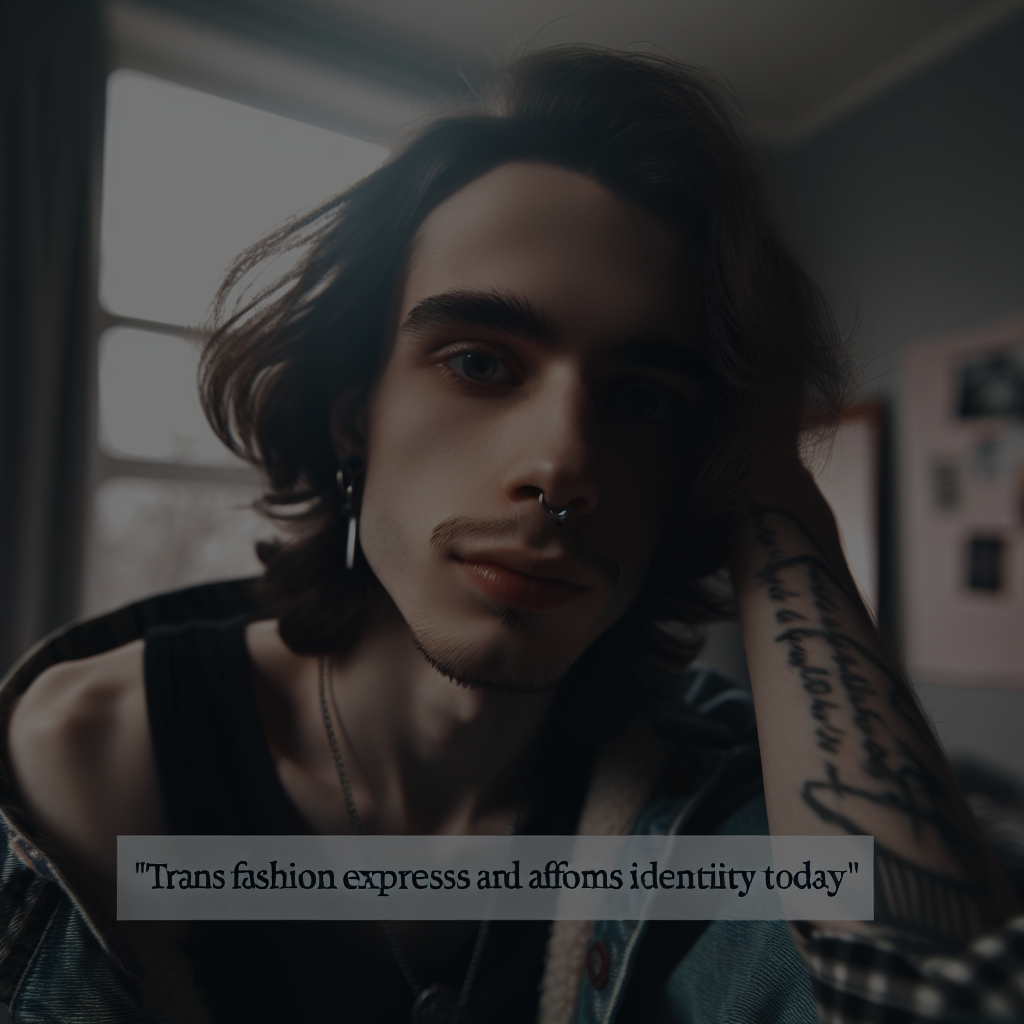
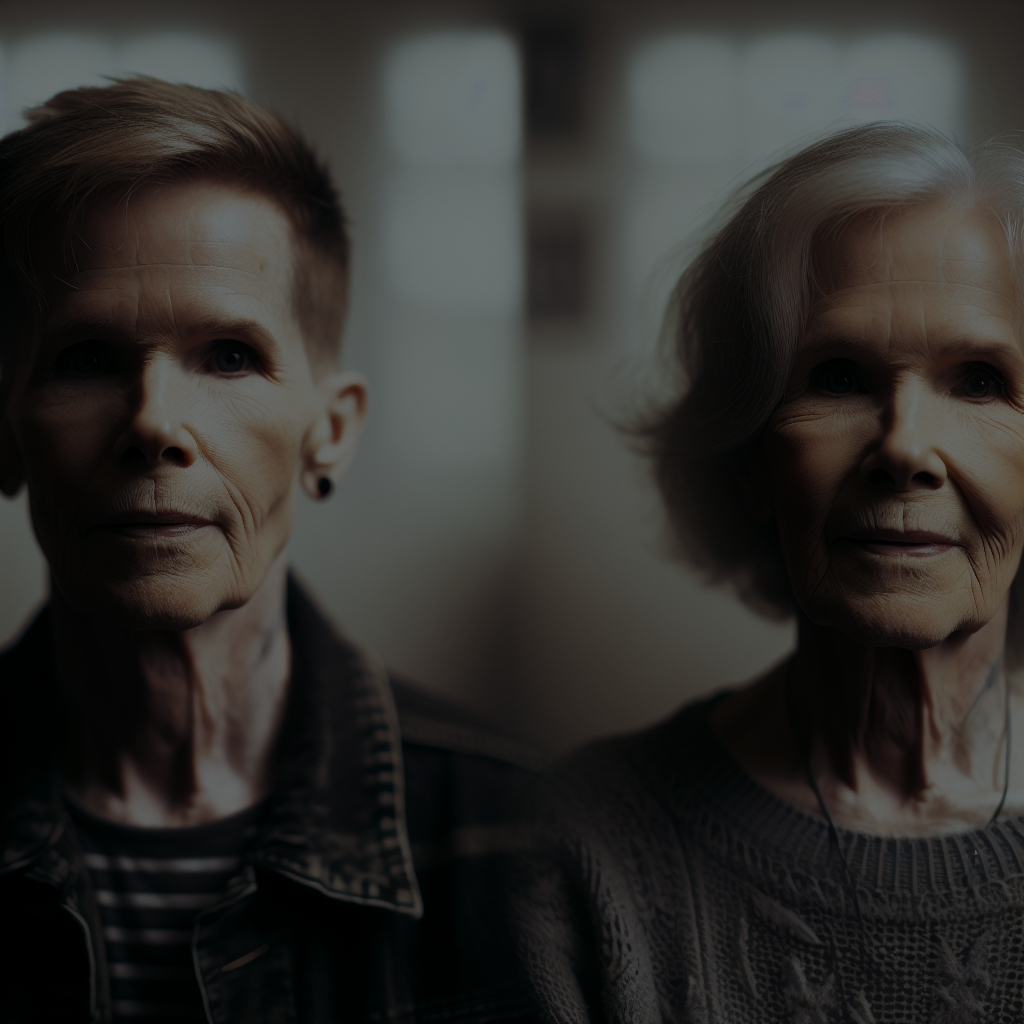

Leave a Reply